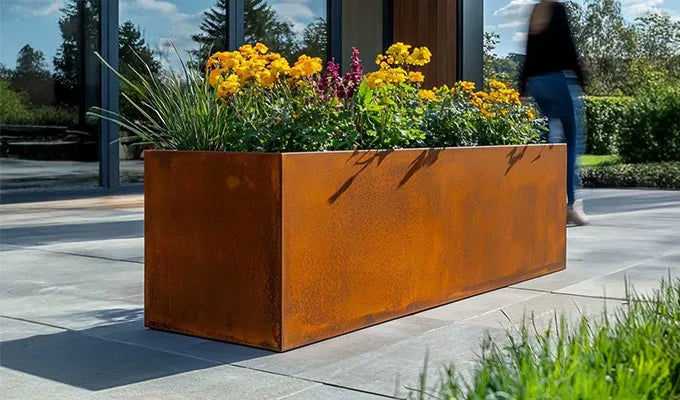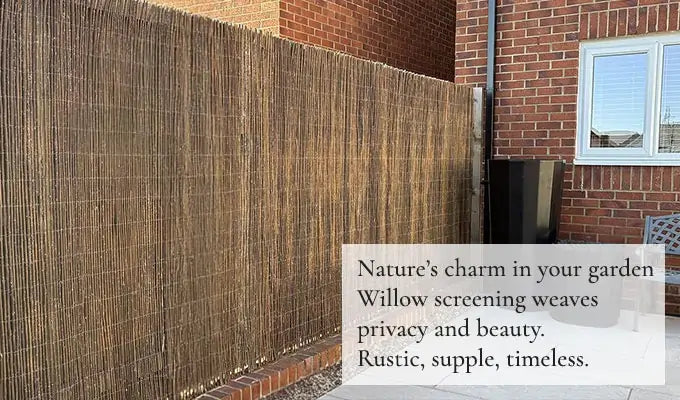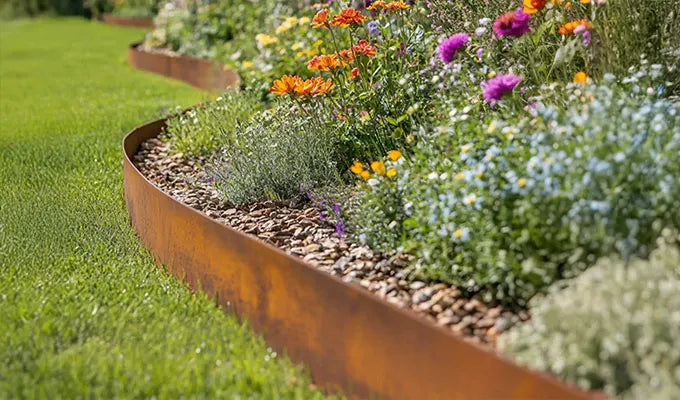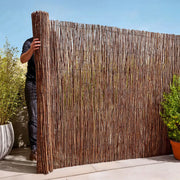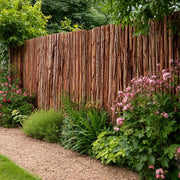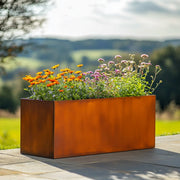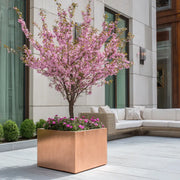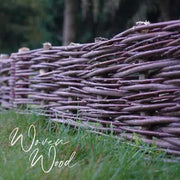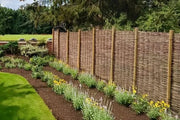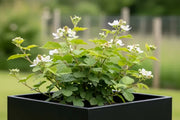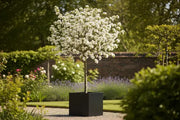The Complete Guide to Growing Rhubarb
Rhubarb is a wonderfully robust and rewarding perennial, perfectly suited to the sometimes-unpredictable English climate. Thriving in our temperate conditions, it's a staple in many a British garden, offering a taste of spring long before many other crops are ready. Its hardiness makes it a favoured plant, happily returning year after year with minimal fuss once established.
For successful growth, choose a site that receives plenty of sun, though it will tolerate part shade, especially in warmer regions of the UK. The key is well-drained soil. Rhubarb dislikes sitting in waterlogged conditions, which can lead to crown rot. Before planting, enrich the soil generously with plenty of well-rotted organic matter or compost. Dig a substantial hole and incorporate this goodness to give your plant the best start, as rhubarb is a hungry feeder and will remain in the same spot for many years.
The best way to establish rhubarb is by planting dormant crowns, typically in autumn or early spring. This method offers a quicker path to harvesting compared to growing from seed. Plant the crown so that the top of the bud is just visible at the soil surface. If planting multiple, allow a good metre between each plant, as they can grow quite large and leafy.
For those with limited space, or who wish to add a decorative touch to a patio, rhubarb can be grown successfully in large planters or containers. Choose a pot that is at least 50-60cm in diameter and depth, ensuring it has excellent drainage holes. Use a high-quality, peat-free multi-purpose compost enriched with some slow-release fertiliser. Container-grown rhubarb will require more frequent watering and feeding than those in the ground, as nutrients leach out faster and the soil can dry more quickly.
Once planted, rhubarb requires relatively little ongoing care. Keep the area around the plants free of weeds, especially when they are young, to reduce competition for nutrients and water. In dry spells, ensure consistent watering, particularly for container-grown plants. A yearly spring feed with a balanced fertiliser or a good top-dressing of well-rotted manure will keep your plants vigorous. Mulching around the base with organic matter not only helps retain moisture and suppress weeds but also slowly releases nutrients into the soil.
You should resist the urge to harvest any stalks in the first year after planting crowns, allowing the plant to establish a strong root system. From the second year onwards, you can begin to harvest. The main harvesting period runs from April through to June. To harvest, gently pull the mature, red or green stalks from the base of the plant, rather than cutting them. Leave at least half a dozen younger stalks on the plant to ensure it has enough foliage to continue photosynthesising and building up energy for the following season. Stop harvesting by mid-summer to allow the plant to store energy for winter.
Occasionally, rhubarb plants will send up tall, thick stalks topped with flower buds. This is known as bolting. While interesting to look at, these flower stalks should be removed as soon as they appear. They drain a lot of energy from the plant that would otherwise go into producing edible leaf stalks, thus reducing your harvest. Simply cut them off at the base. Rhubarb doesn't produce "fruit" in the conventional sense; its fleshy, edible stalks are the part we cherish in crumbles, jams, and pies, making it a truly delicious and productive addition to any British garden.


